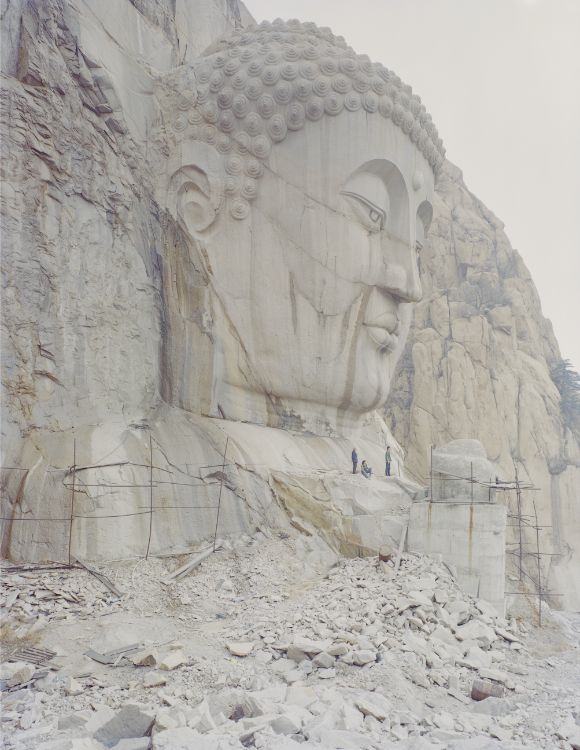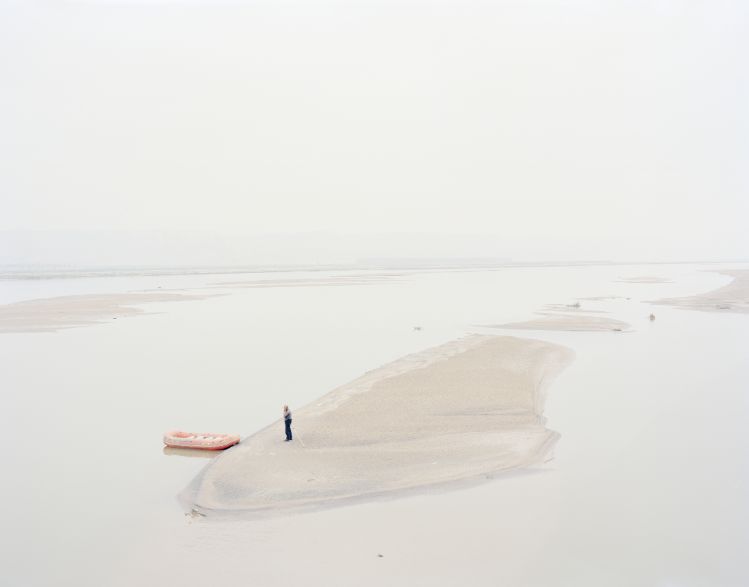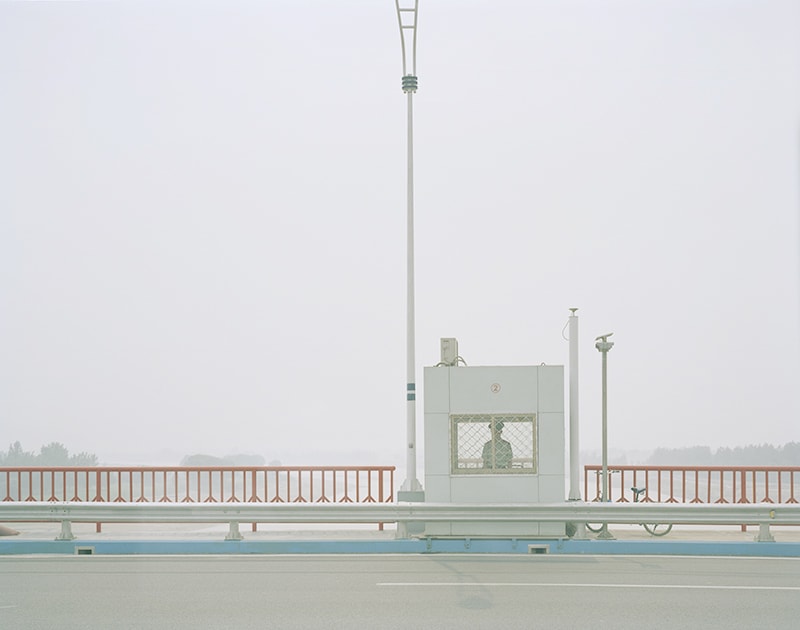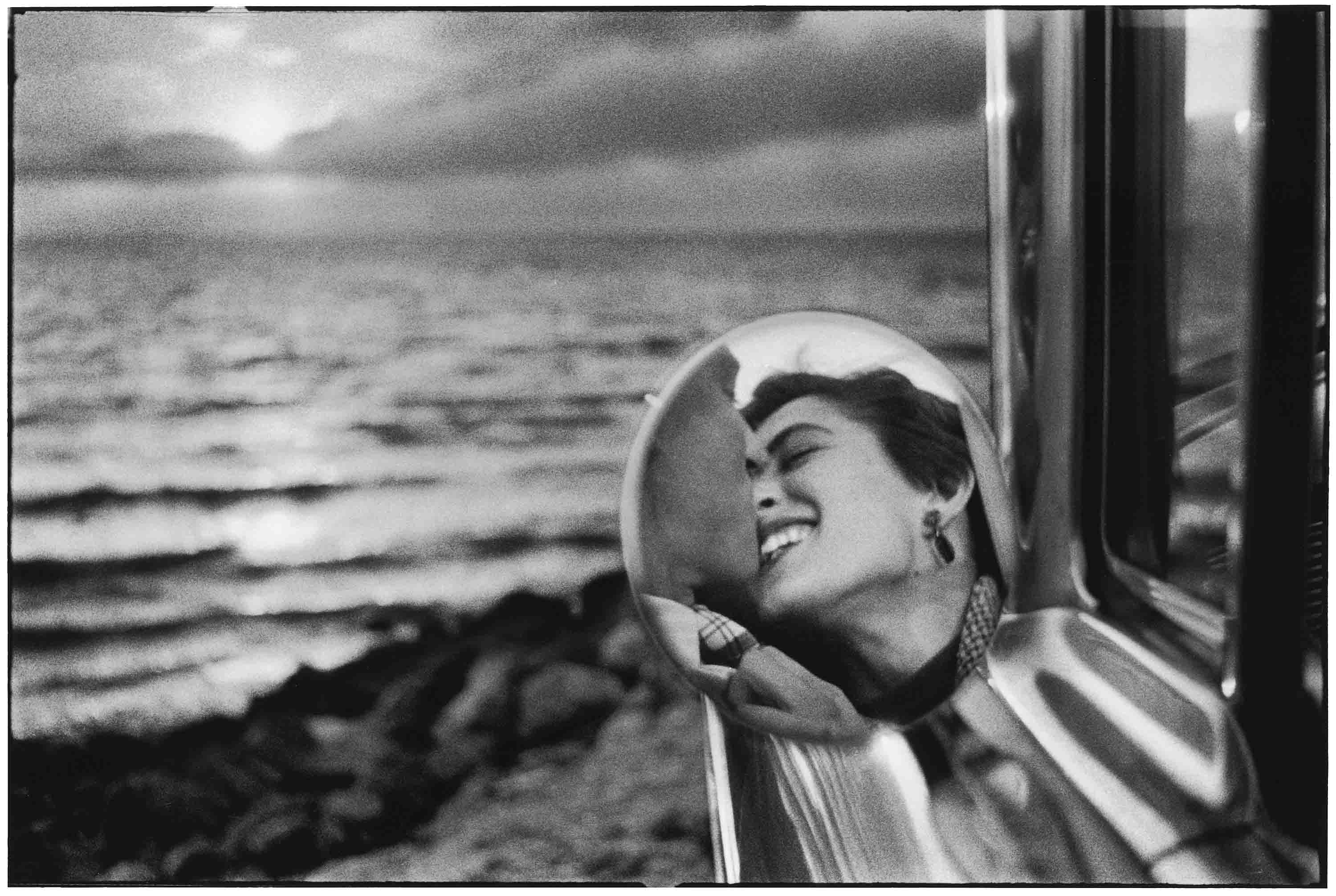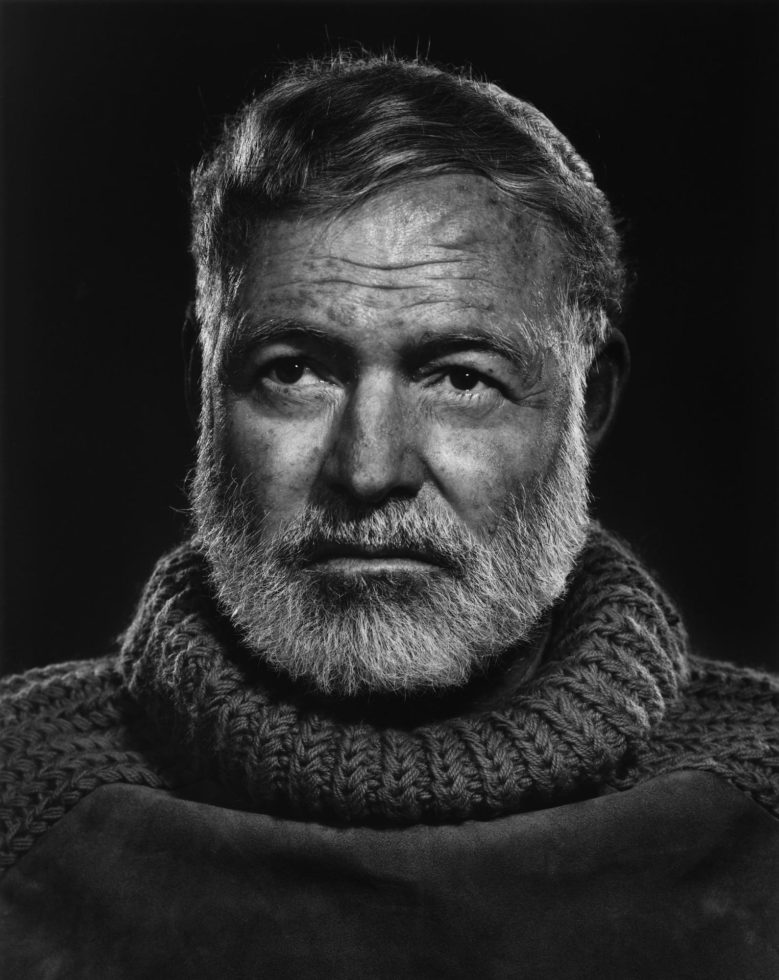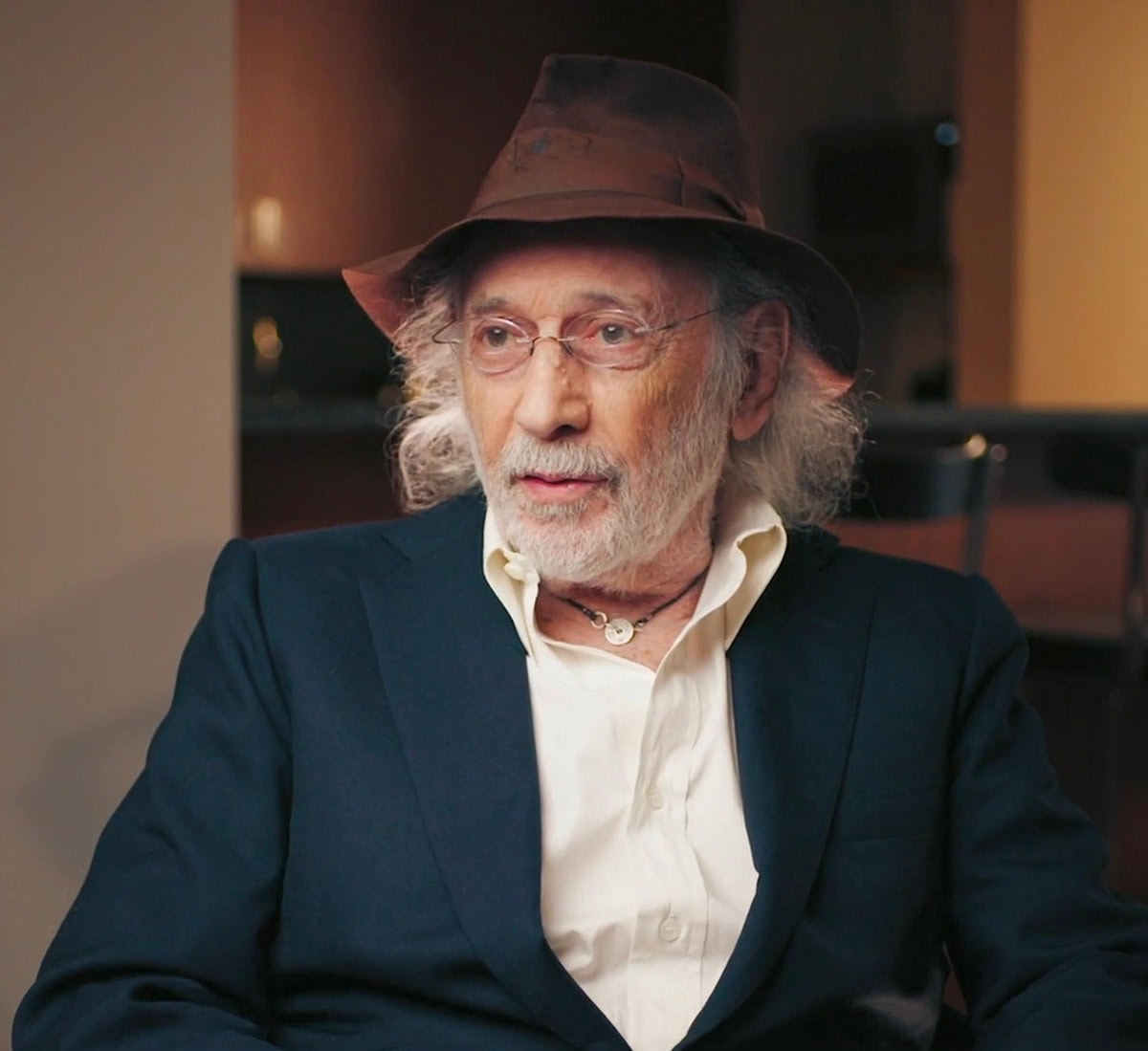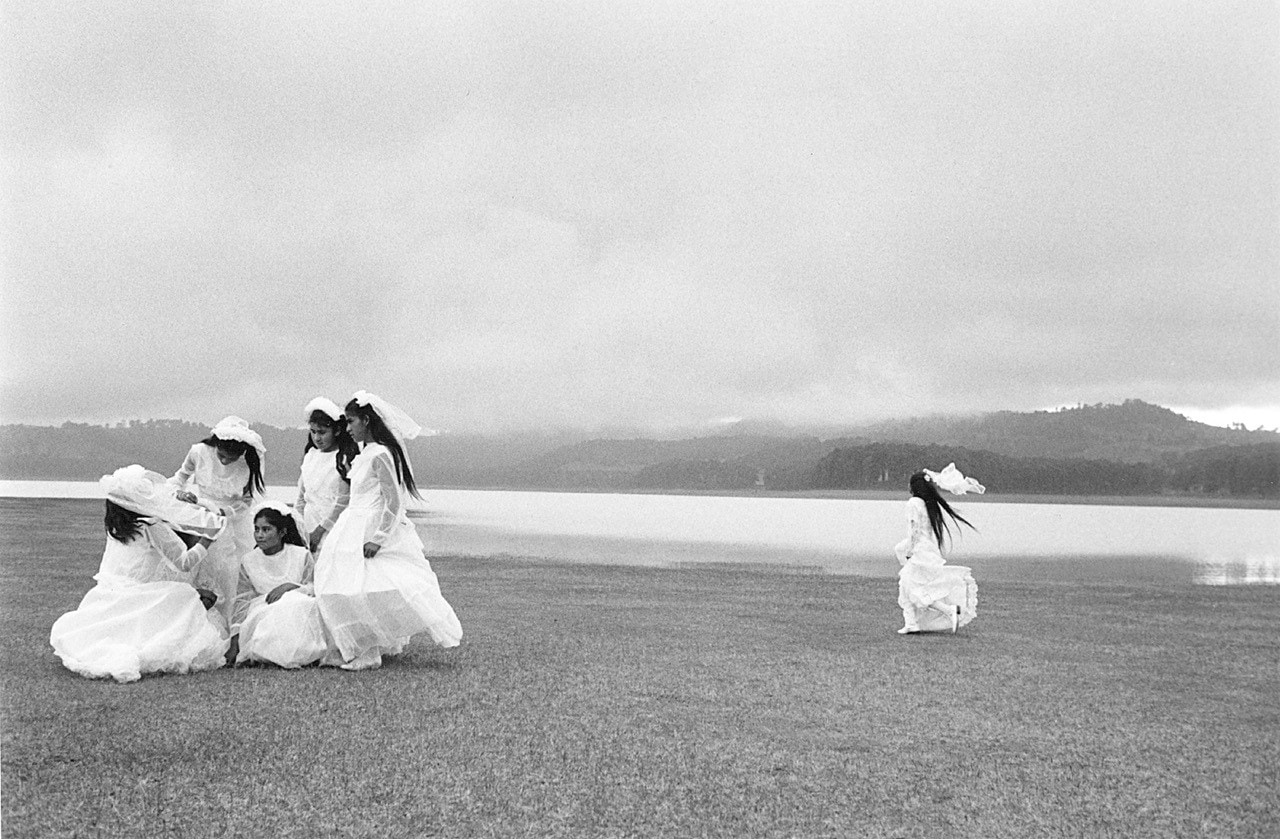In Quiet Contemplation: Zhang Kechun’s Buddha Statues

09th December 2022
Zhang Kechun’s Yellow River follows China’s second longest body of water, capturing the magnificent landscapes that surround it. Documenting both the beauty and ecological destruction of the surrounding areas, Kechun focuses on the significance of the landscape in Chinese national identity, with mountains associated with virtue and rivers reflecting the values of morality. Strolling along the banks of the Yellow River, Kechun admits that while he felt a ‘profound pessimism’, he also believes that China’s future is optimistic, and thus aims to explore this dual phenomenon in his body of work. Following the Cultural Revolution, China underwent a series of economic reforms in 1978, opening the country up to the international community. Often including miniscule, insignificant human figures within his photographs, Kechun subtly hints towards the country’s rapid evolution and the collective unease that followed it.

Executed in a soft palette of whites, greys, and beige, Buddha Statues’ textured colouration creates the illusion that the pictured statues move slowly in and out of the plane. The uniform buddhas are situated atop three stretches of raised concrete, back-to-back but facing their adjacent counterparts in a permanent ritual of indifference and conversation. The statuesque uniformity is interrupted by a twisted yellow hose, silently weeping water onto the concrete. Although no human figures are included in the photograph, the discarded hose marks an element of human intervention, even though the image we see remains eerily void of interaction.
In Buddha Statues, Kechun explores the depths of solitude and humanity’s relationship with the environment. Capturing the simultaneous beauty and destruction of China’s landscape, Kechun hints at the Yellow River’s spiritual history and mythology, alongside its pollution, floods, and industrial ruination.
FeaturedZhang Kechun
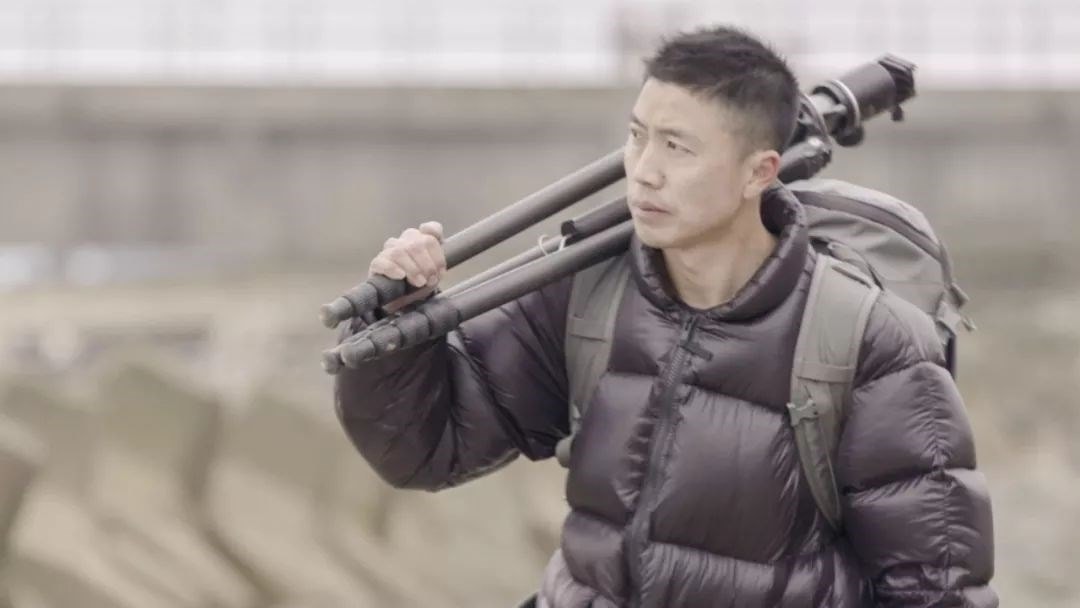
FeaturedZhang Kechun
The ArtistZhang Kechun is best known for his large format photographs of post-industrial Chinese landscapes. He produces epic vistas that dwell on the significance of the landscape in modern Chinese national identity.
Artist Page